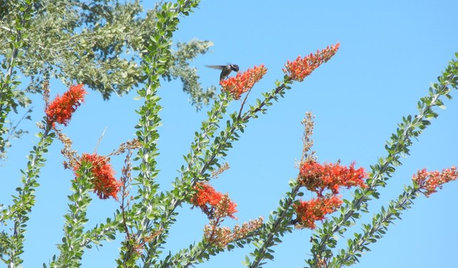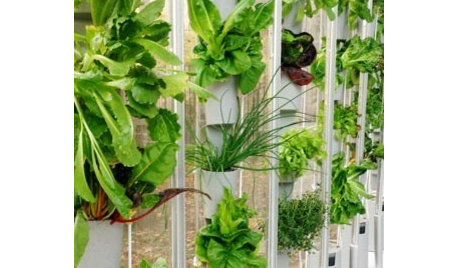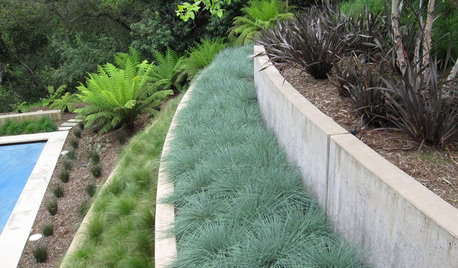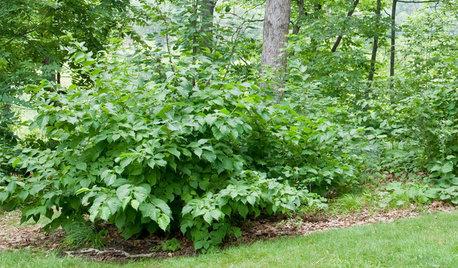Plants in High G
flash14756
18 years ago
Related Stories

PLANTING IDEASGreat Garden Combo: 5 High-Intensity Plants for High-Intensity Sun
Blend bold foliage and flowers to create a powerful combination that will hold its own even in the harsh light of midsummer
Full Story
GARDENING FOR BUTTERFLIESGreat Design Plant: Ocotillo for High-Reaching Flair
Add a dramatic accent to a dry landscape with this striking desert plant silhouetted against the sky
Full Story
GARDENING GUIDESAlpine Plants: High Performers at Low Altitudes Too
So Heidi and the goats aren't your neighbors. Alpine plants can be lovely and low maintenance on difficult sites beyond the mountains
Full Story
PRODUCT PICKSGuest Picks: High-Tech Plant Helpers
Hydroponics, monitoring systems, even an electric pollinator ... these gadgets and services keep your greenery growing strong
Full Story
WOODKnotty and Nice: Highly Textured Wood Has a Modern Revival
Whether it's cedar, fir or pine, if a wood has a knot, it's hot
Full Story
SUMMER GARDENING6 Water-Wise Perennials for Blazing High-Altitude Summers
Scorching weather and high elevations don't have to mean scraggly plantings. These blooms are as gorgeous as they are tough
Full Story
PLANTING IDEASCreate High-Impact Container Gardens With Grasses
When it comes to adding drama, texture and panache to a pot, these strappy species are hard to beat
Full Story
GARDENING AND LANDSCAPINGYour Garden: High Design the Easy Way
Go With Mass Plantings for Simple, Elegant Impact in the Garden
Full Story
GARDENING GUIDESGreat Design Plant: Corylus Americana Awakens the Woodland Garden
Plant American hazelnut for three seasons of interest and to feed our furry and feathered friends
Full Story
GARDENING GUIDESGreat Design Plant: California Grindelia Species for Beneficial Insects
Use gum plants as reliable summer bloomers and to provide habitat for California native bees, butterflies and other beneficial insects
Full Story0







maineman
wild_rose
Related Professionals
Citrus Heights Landscape Architects & Landscape Designers · Burlington Landscape Contractors · Cordele Landscape Contractors · Del Aire Landscape Contractors · El Mirage Landscape Contractors · Lees Summit Landscape Contractors · Ansonia Landscape Contractors · Manassas Fence Contractors · Manorville Fence Contractors · Marana Fence Contractors · Markham Fence Contractors · Maryland City Fence Contractors · Nampa Fence Contractors · Novato Fence Contractors · San Rafael Fence Contractorsalbert_135 39.17°N 119.76°W 4695ft.
mistercross